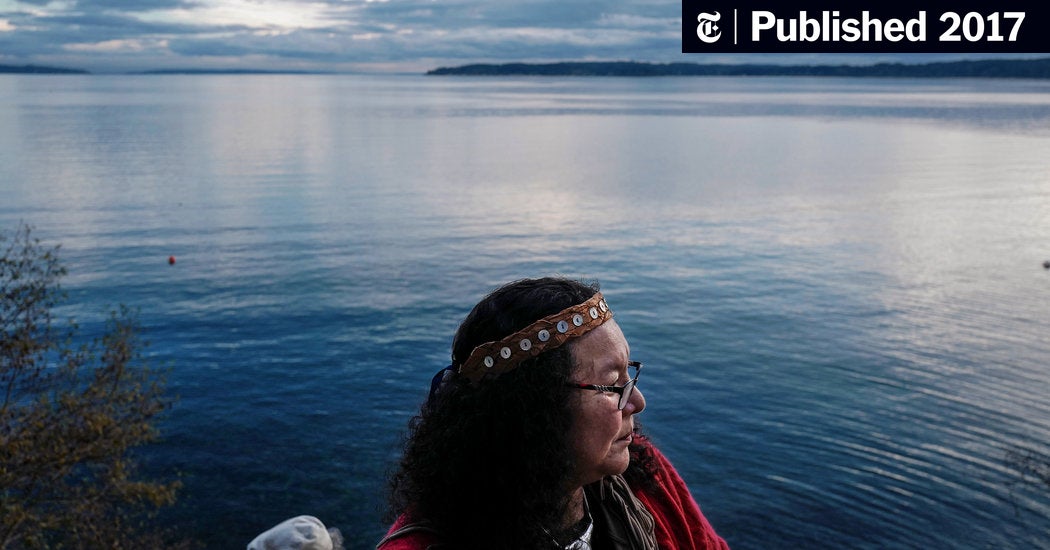
I n the fall of 2012, a 48-year-old fisherman and carver named Terry St. Germain decided to enroll his five young children as members of the Nooksack, a federally recognized Native American tribe with some 2,000 members, centered in the northwestern corner of Washington State. He’d enrolled his two older daughters, from a previous relationship, when they were babies, but hadn’t yet filed the paperwork to make his younger children — all of whom, including a set of twins, were under 7 — official members. He saw no reason to worry about a bureaucratic endorsement of what he knew to be true. “My kids, they love being Native,” he told me. St. Germain was a teenager when he enrolled in the tribe. For decades, he used tribal fishing rights to harvest salmon and sea urchin and Dungeness crab alongside his cousins. He had dozens of family members who were also Nooksack. His mother, according to family lore, was directly descended from a 19th-century Nooksack chief known as Matsqui George. His brother, Rudy, was the secretary of the Nooksack tribal council, which oversaw membership decisions. The process, he figured, would be so straightforward that his kids would be certified Nooksacks in…